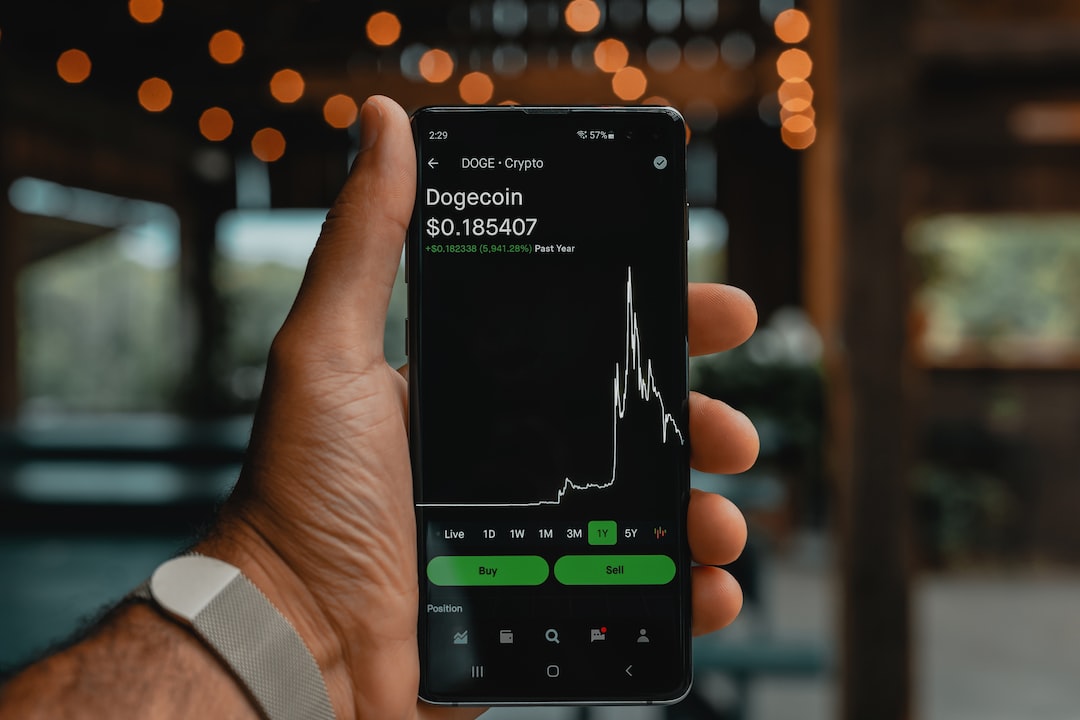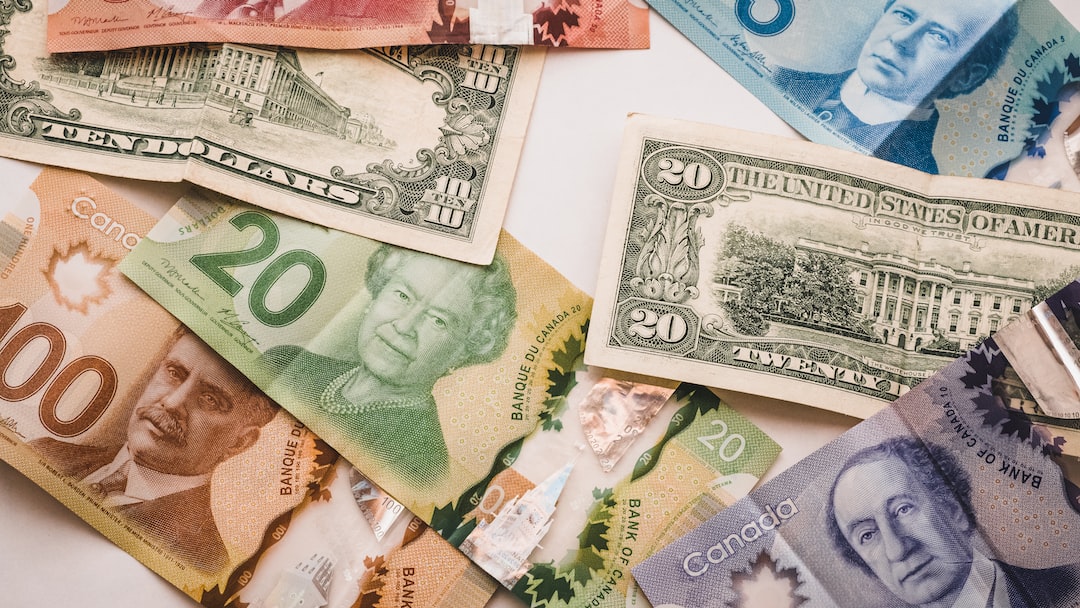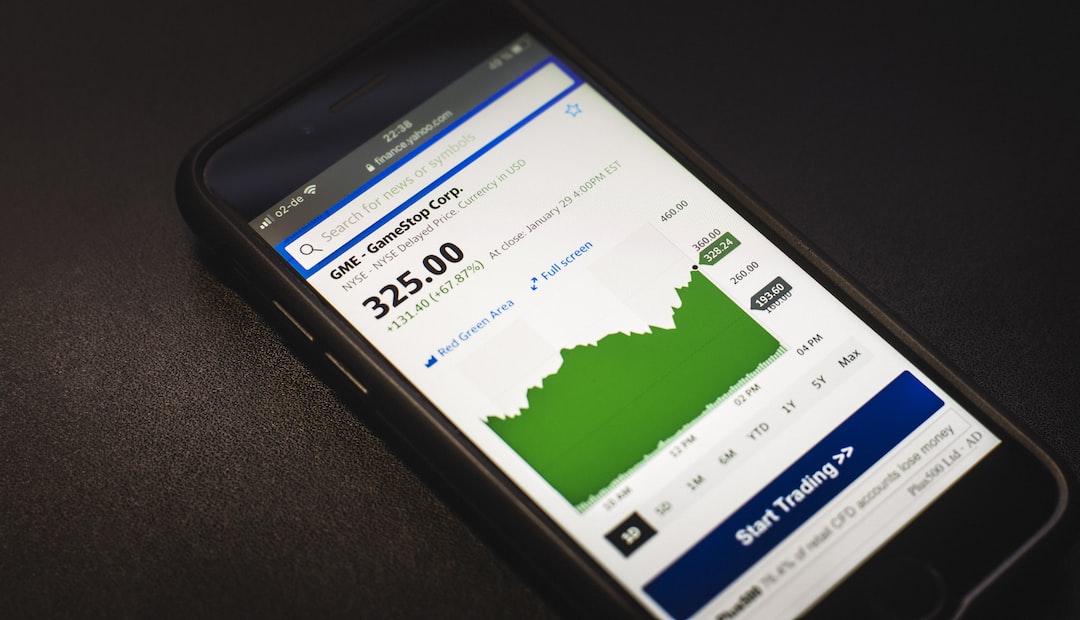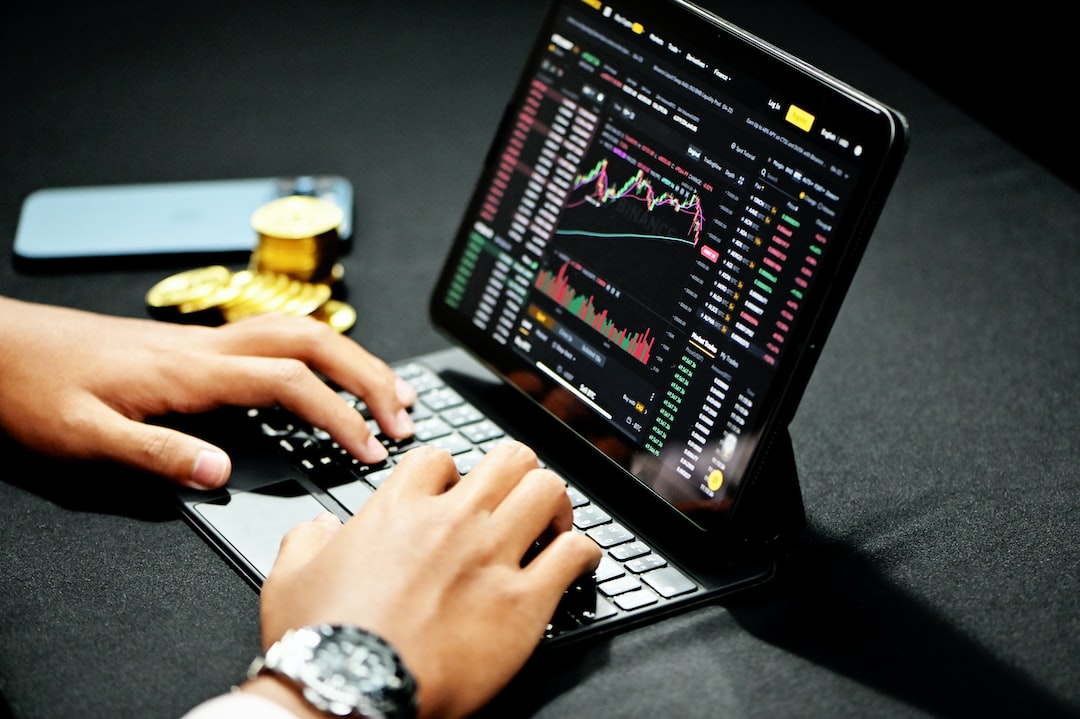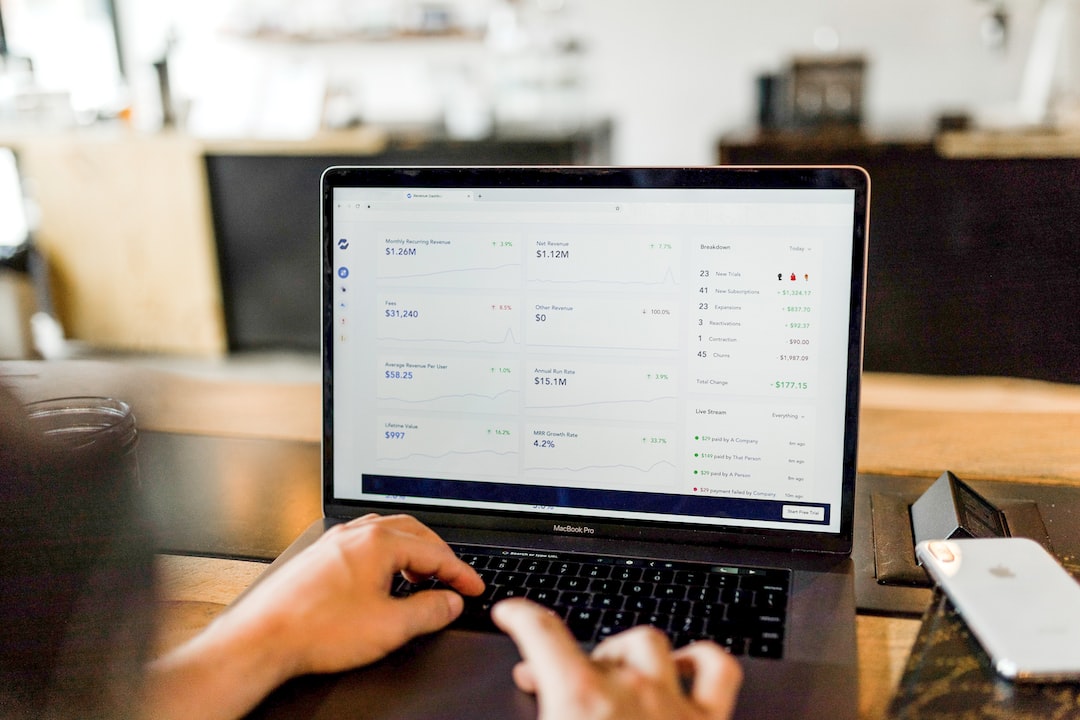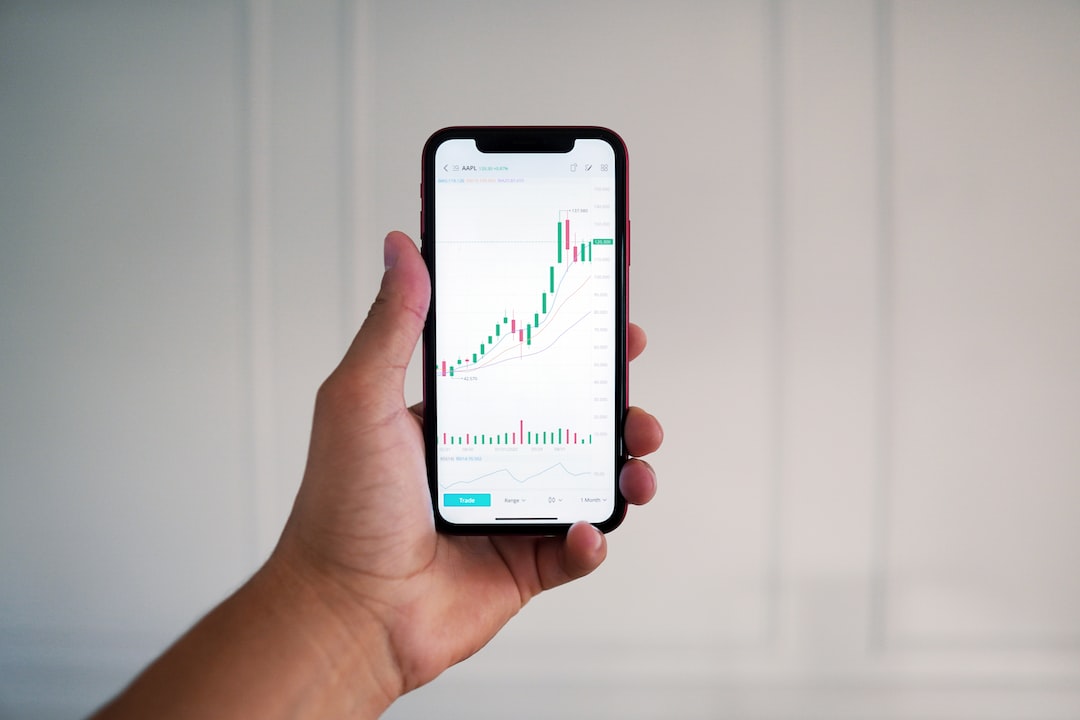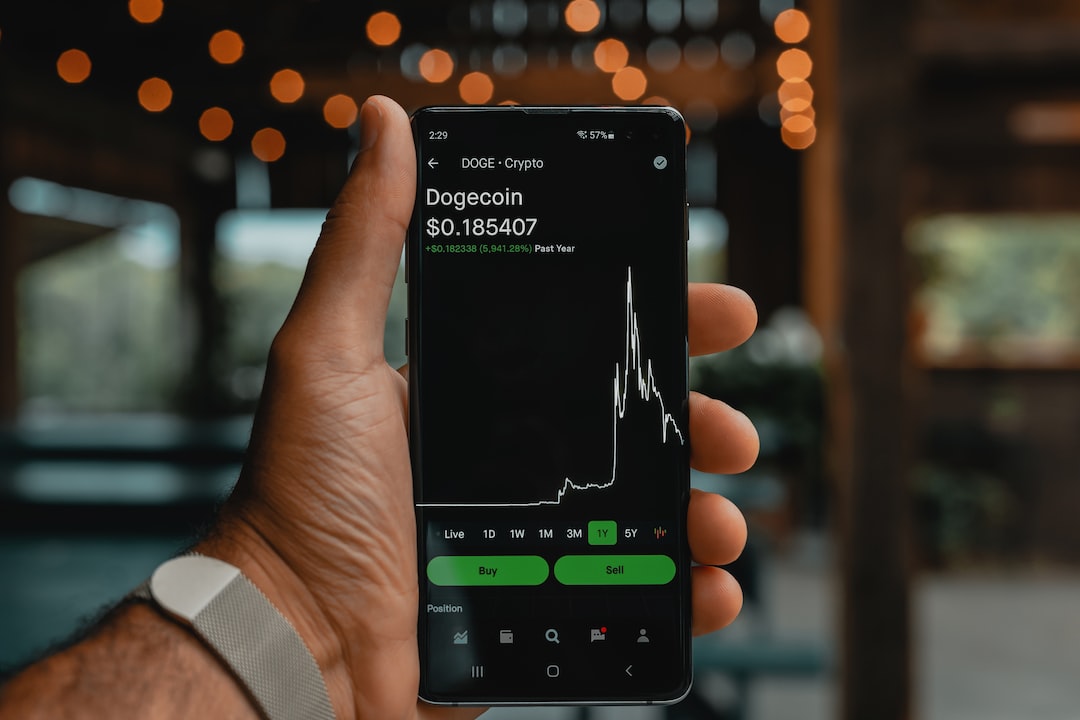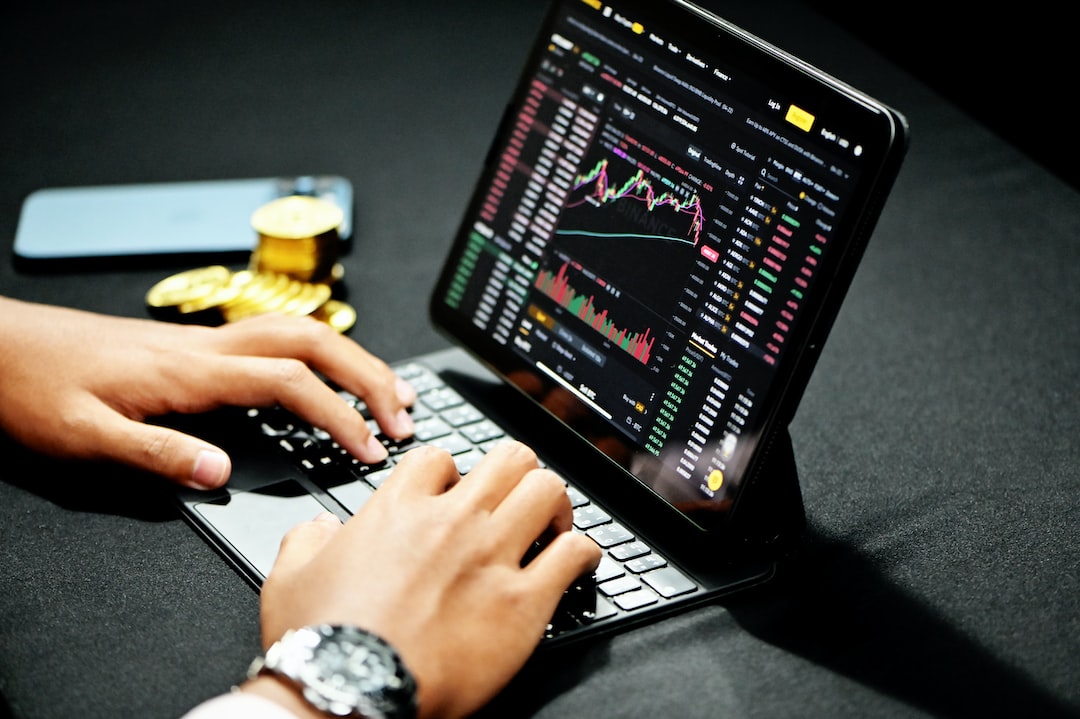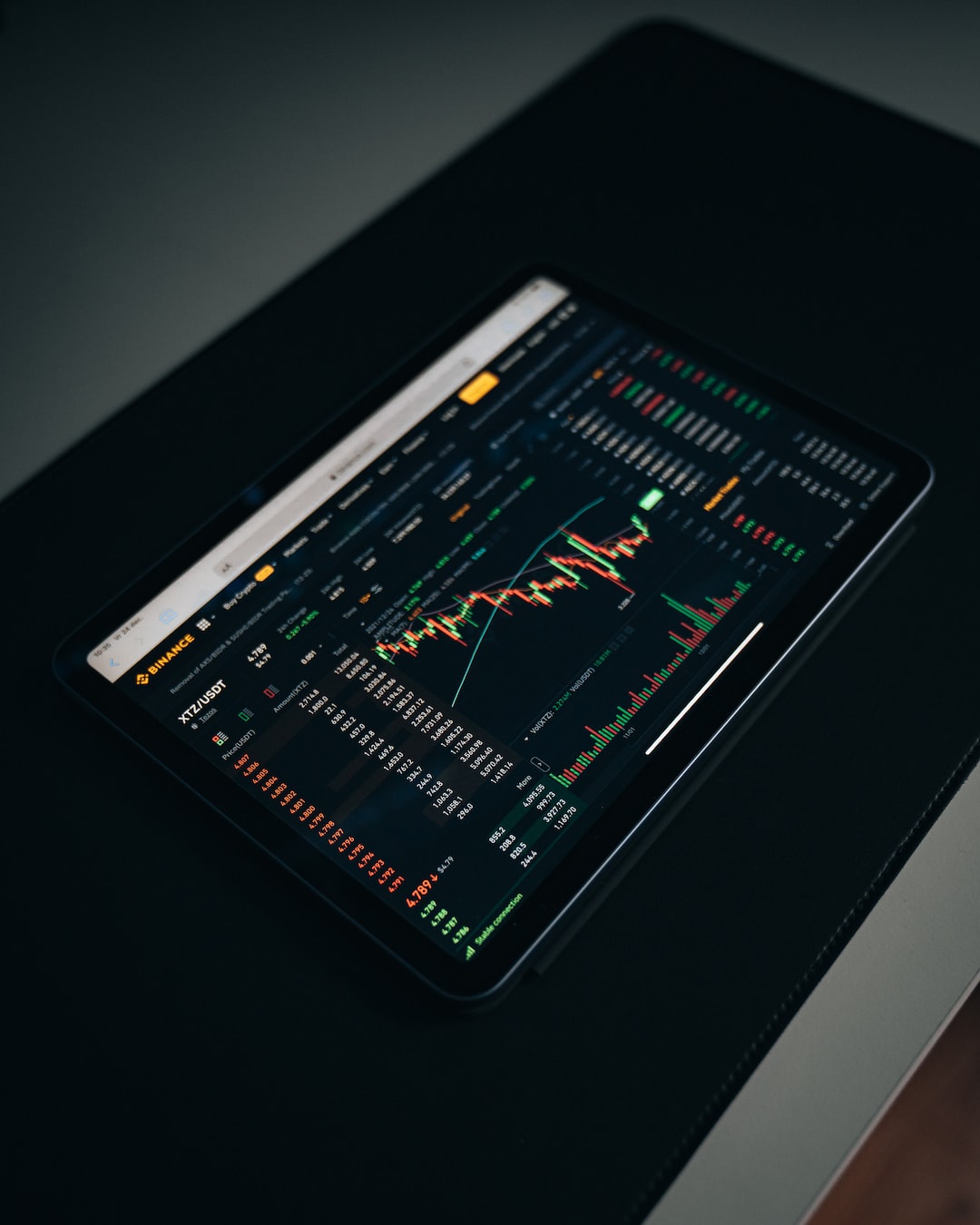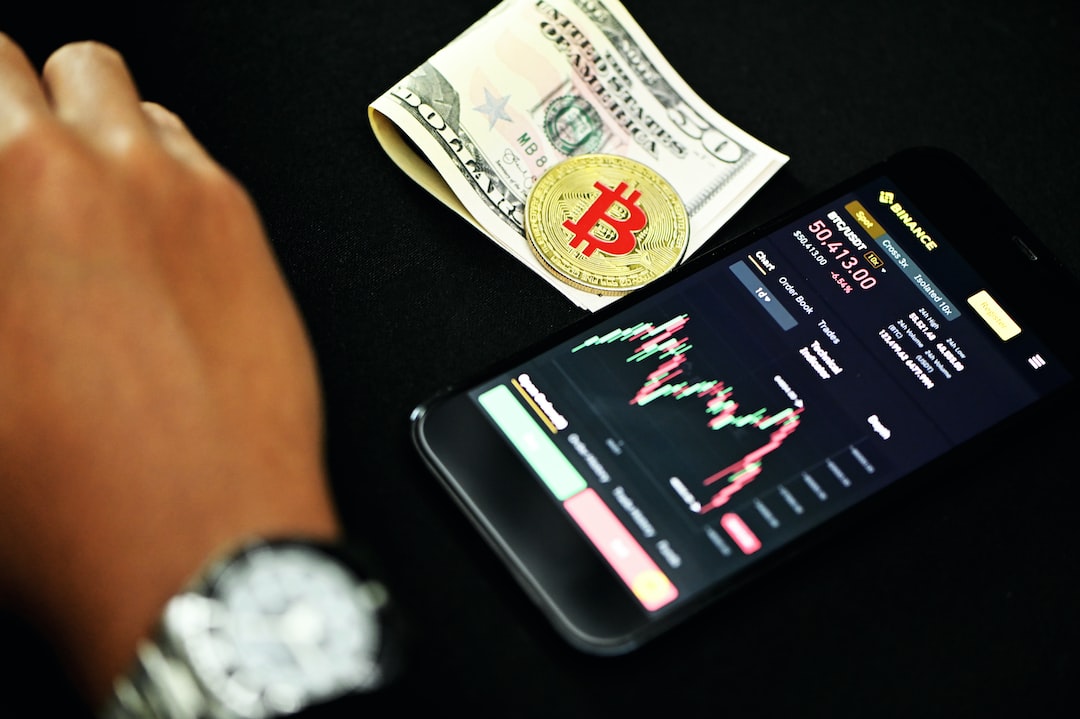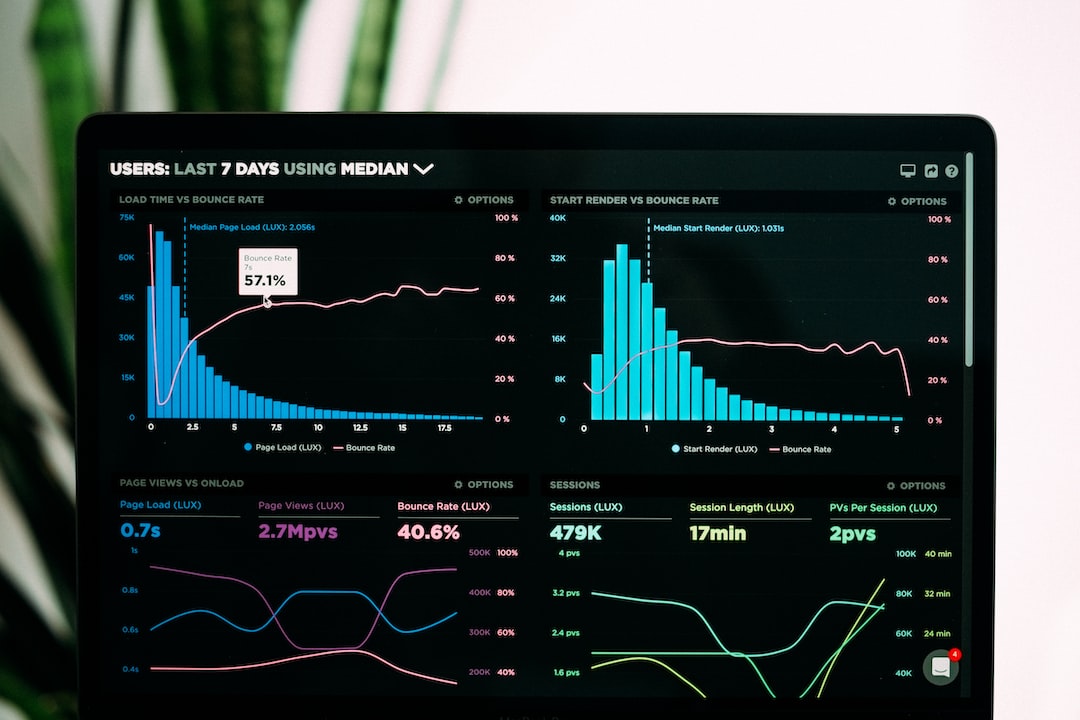Forex trading, also known as foreign exchange trading, is the buying and selling of currencies with the aim of making a profit. It is a highly liquid and volatile market, with trillions of dollars being traded daily. As a beginner forex trader, it is important to be aware of the common pitfalls that many traders fall into. By understanding and avoiding these pitfalls, you can increase your chances of success in the forex market.
One of the most common pitfalls for beginner forex traders is not having a solid trading plan. A trading plan is a set of rules and guidelines that outline your trading strategy, including your entry and exit points, risk management rules, and profit targets. Without a trading plan, you are essentially trading blindly, which can lead to impulsive and emotional trading decisions.
To avoid this pitfall, take the time to develop a trading plan and stick to it. This includes setting realistic goals and objectives, determining your risk tolerance, and having a clear understanding of the market conditions you will be trading in. By following your trading plan consistently, you can avoid making rash decisions based on emotions and increase your chances of success.
Another common pitfall for beginner forex traders is overtrading. Overtrading refers to the excessive buying and selling of currencies, often driven by the desire to make quick profits. This can result in poor trade execution, increased transaction costs, and ultimately, losses.
To avoid overtrading, it is important to exercise discipline and patience. Only trade when there is a clear opportunity and stick to your trading plan. Avoid chasing trades or entering positions based on rumors or tips. Remember that forex trading is not a get-rich-quick scheme, and success requires careful analysis and planning.
Lack of risk management is another common pitfall for beginner forex traders. Risk management refers to the strategies and techniques used to minimize potential losses and protect your trading capital. Without proper risk management, a few losing trades can wipe out your entire account.
To avoid this pitfall, it is important to set stop-loss orders for every trade you enter. A stop-loss order is an instruction to automatically close a trade if it reaches a certain level of loss. This helps limit your potential losses and protects your trading capital. Additionally, consider using proper position sizing techniques, such as risking only a small percentage of your account on each trade, to further protect your capital.
Another common pitfall for beginner forex traders is trading without proper education and knowledge. Forex trading is a complex and dynamic market, and without a solid understanding of its mechanics and strategies, you are setting yourself up for failure.
To avoid this pitfall, take the time to educate yourself about forex trading. Read books, attend seminars, and take online courses to learn the fundamentals and advanced concepts of forex trading. Additionally, practice trading in a demo account to gain practical experience without risking real money. The more knowledge and experience you have, the better equipped you will be to make informed trading decisions.
Lastly, a common pitfall for beginner forex traders is falling for scams and fraudulent schemes. The forex market is not immune to scams, and there are individuals and companies that prey on inexperienced traders.
To avoid falling for scams, be cautious of promises of guaranteed profits or unrealistic returns. Research and verify the credentials of any broker or trading platform before opening an account. Additionally, be wary of anyone offering trading signals or investment advice for a fee. Remember that no one can guarantee profits in the forex market, and success requires hard work, discipline, and skill.
In conclusion, as a beginner forex trader, it is important to be aware of the common pitfalls that many traders fall into. By developing a solid trading plan, avoiding overtrading, practicing proper risk management, educating yourself, and being cautious of scams, you can increase your chances of success in the forex market. Remember that forex trading is a journey, and it takes time and effort to become a consistently profitable trader.

